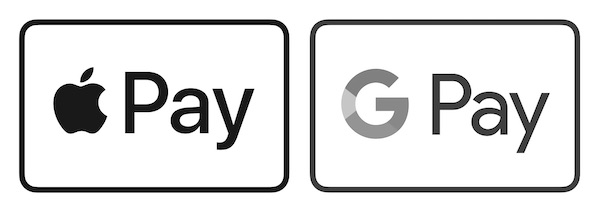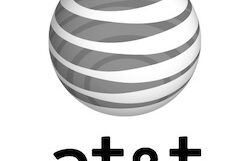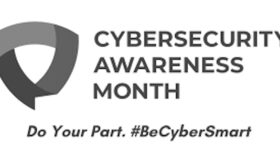Online Holiday Shopping: You’re Better Off with Google or Apple Pay
Investopedia defines “card-not-present fraud is a type of credit card scam in which the customer does not physically present the card to the merchant during the fraudulent transaction. Card-not-present fraud can occur with transactions that are conducted online or over the phone.” But in person you have more defenses against fraud and you get this from using your smartphone and Google Pay or Apple Pay.
Fraud is the primary problem with credit cards, debit cards and other forms of electronic money. As matter of fact the fastest growing cyber crime against the consumer is “card not present” fraud.” Experts estimate that by 2023 businesses will lose $130 billion to card not present (CNP) fraud. As online shopping technology evolves to become more convenient for customers, fraud risk also increases. And with COVID-19 spreading across the country and the holiday shopping season just about a two weeks away, online shopping fraud is set to explode.
The Advantages
Credit cards are slow. This is mostly the fault of the new chip-based readers. This new(ish) tech is much slower than the old swipe-to-pay credit cards. So this newer safer technology actually slows down the process by a few seconds. Get your wallet, find the right card, put it in, wait, then do it all in reverse when the reader beeps. Then there is the lady who waits until she gets to the checkout reader to look for her card thus holding everybody up. A few additional seconds times a few people in front of you in line becomes a real hassle.
With Apple and Google Pay, you stop talking on your phone just long enough to unlock the home screen, and hover it over the reader, it digitally “swipes” your digital credit card instantaneously. The process is faster than any chip-based card. Got a smartwatch? And who doesn’t? You can pay using the Apple iWatch or, if you have an Android smartwatch you use Google Pay on that. Just tap it to the reader without even touching your phone. Quicker and cleaner in the pandemic.
Yes, its secure
I can understand that some folks are a bit reluctant to embrace a new technology they are not familiar with. This is especially pronounced since digital security hasn’t had a stellar decade. I mean, just look at the way payment systems have been getting hit lately.
Apple and Google Pay are considered more secure than their plastic counterparts. Although both services use what known as tokenization, where each transactions creates a unique code, Using Apple or Google Pay the merchant never sees your credit card number. And if a thief were to somehow get a hold of that code, they couldn’t use it to make additional purchases. As I said, these are one time unique codes. The same enhanced security your find in your credit card’s chip.
Strangely U.S. credit card chips don’t require PIN numbers as they would in other countries. So if your card is stolen the thief could easily shop in your name…and with your credit I might add.
But with Apple and Google Pay your card information is locked behind the fingerprint sensor or face recognition on your device. A nice extra layer of security you don’t get with credit and debit cards. Even if someone were to steal your phone it would be useless to them. Many of us have lost a phone or had it stolen. But Apple’s Find My iPhone and Google’s Find My Device offer the comfort of being able to turn off your digital wallet. Feel better now?
Everybody is using it. Well, almost everybody.
When tap-to-pay systems first came out is was slow to catch on for a few reasons. Mostly slow adoption from both consumer and merchants. Many were still wrestling with the new chip cards. It seemed like they were only available at select stores.
Now many national and international retailers have caught on. Everybody from grocery stores to pharmacies to the malls and even liquor stores and CBD outlets (yes weed!) have joined the movement to digital pay. And now even the smaller mom-and-pop shops offer this payment method thanks to Square Payments and other modern payment kiosks that accept tap-to-pay.
But don’t think you can throw away your plastic card or just leave it at home. Not so fast. Keep in mind that, even though you can find Apple of Google Pay all over the place there is still some places you can’t use it. I have yet to sit in a restaurant where I can use my Apple Pay.
What I find most perplexing now is people talking on their phone and then clasp it between their jaw and neck while they look for their credit card. After using it a couple of times, you’ll wonder why you didn’t set it up sooner and you’ll want to use it as often as you can. Why?
Because you still get the points!
All the perks of a normal credit card still apply. Remember, that its the same credit card just in digital form.
People will wonder if they can still get their credit points? This is a fundamental misunderstanding of how these services work. You aren’t paying Apple or Google who then pays the retailer. When you tap your phone to pay it works exactly as if you’d swiped your credit card. The charge shows up on your VISA bill and you get all the points you’re entitled to.
Christmas is coming. And that is the holiday season for cyber criminals as well. And they are going to be working hard just like you. Get with the program and move to Apple or Google Pay in stores or where you can use them. You’ll be safer I promise you.
Now you know.






